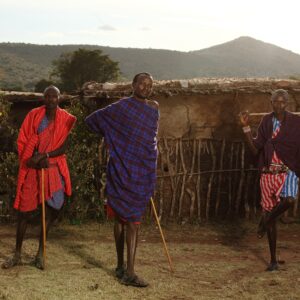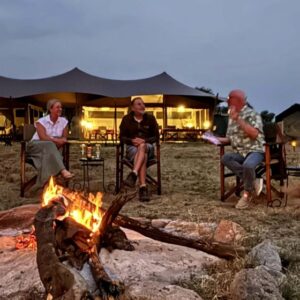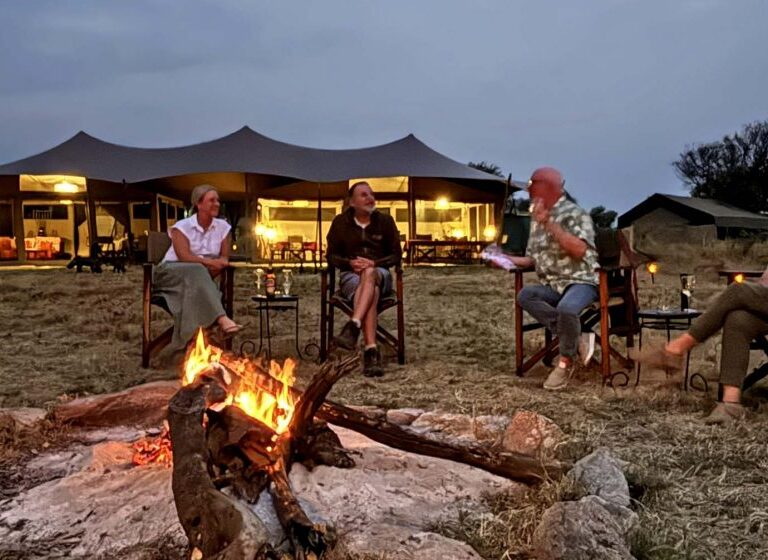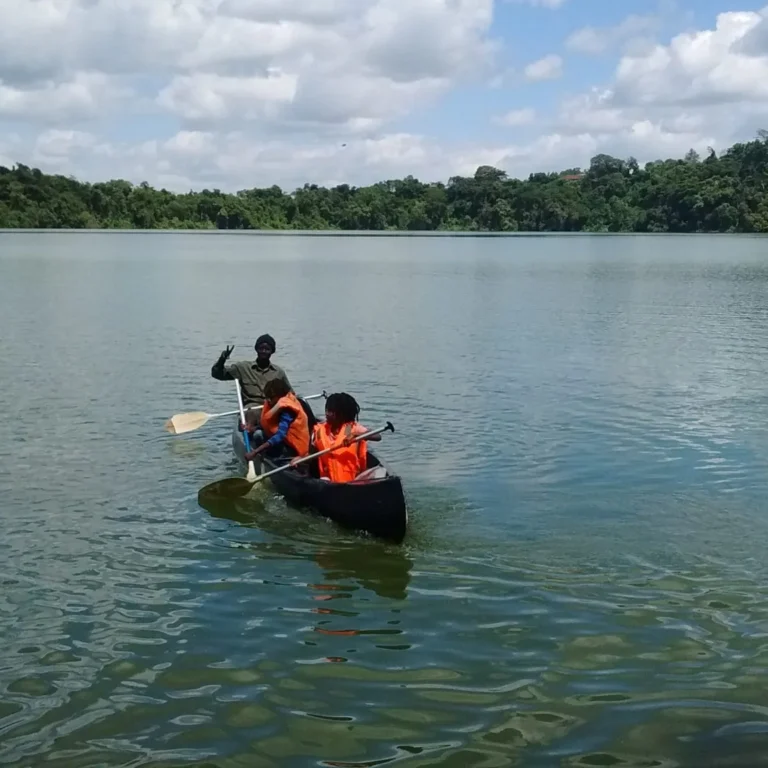Top 7 Tips for Altitude Sickness Prevention.
If your traveling to high altitudes can be an exhilarating experience, but it also comes with the risk of altitude sickness. This condition, also known as acute mountain sickness (AMS), can affect anyone regardless of fitness level. Proper preparation and precautions are essential to ensure a safe and enjoyable journey. Here are the top 7 tips for preventing altitude sickness:
1. Gradual Ascent
One of the most effective ways to prevent altitude sickness is to ascend gradually. Rapid ascent to high altitudes increases the risk of developing AMS. Ideally, you should gain no more than 1,000 feet of elevation per day once you reach 8,000 feet. If you need to go higher, spend an extra night at an intermediate altitude to acclimatize. This gradual approach allows your body to adapt to the lower oxygen levels.
2. Stay Hydrated
Hydration is crucial when traveling to high altitudes. The dry air at higher elevations can lead to dehydration, which exacerbates the symptoms of altitude sickness. Drink plenty of fluids, such as water and herbal teas, and avoid alcohol and caffeine, which can dehydrate you further. Aiming for 3-4 liters of water per day can help maintain proper hydration levels.
3. Balanced Diet
Eating a balanced diet rich in carbohydrates can aid in preventing headache. Carbohydrates require less oxygen to metabolize, providing your body with a readily available energy source. Include plenty of whole grains, fruits, and vegetables in your meals. Avoid heavy, fatty foods that are harder to digest and may contribute to feeling unwell at high altitudes.
4. Medications and Supplements
Certain medications and supplements can help prevent headache. Acetazolamide (Diamox) is commonly prescribed to aid acclimatization by speeding up the process. It is recommended to start taking it 24-48 hours before ascending and continue for a few days after reaching the high altitude. Ginkgo biloba supplements are also believed to help reduce symptoms, though their efficacy is still debated. Always consult with a healthcare professional before starting any medication or supplement regimen.
5. Physical Conditioning
Being physically fit can help your body cope better with the demands of high elevation. Regular aerobic exercise, such as running, cycling, or swimming, can improve your cardiovascular health and increase your lung capacity. Incorporating these activities into your routine several weeks before your trip can enhance your body’s ability to use oxygen efficiently. However, even the fittest individuals can suffer from headache, so it’s essential to combine physical conditioning with other preventive measures.
6. Monitor Your Health
Regularly monitoring your health during your ascent is critical. Pay attention to symptoms such as headache, nausea, dizziness, and shortness of breath. These are early signs of headache. If you experience severe symptoms, such as confusion, loss of coordination, or persistent vomiting, descend immediately and seek medical attention. Using a pulse oximeter to check your blood oxygen levels can also be helpful in assessing your acclimatization status.
7. Proper Rest and Acclimatization
Proper rest and getting the top are vital to prevent headache. Plan your program to include rest days at higher elevations to allow your body time to adapt. During these rest periods, avoid strenuous activities and focus on relaxing and hydrating. Listen to your body and avoid pushing yourself too hard. Sleeping at a slightly lower height than your daytime activities can also help reduce the risk of AMS.
Preventing altitude sickness requires a combination of careful planning, physical preparation, and listening to your body’s signals. By following these top 7 tips for Altitude Sickness Prevention, you can significantly reduce the risk of developing AMS and enjoy your very limit adventures safely.
9 Myths About Kilimanjaro Climb Altitude Which Will Always Be True!
The allure of Mount Kilimanjaro, Africa’s highest peak, attracts thousands of adventurers every year. However, the climb is shrouded in myths and misconceptions, particularly regarding altitude. Debunking the popular Myths About Altitude. Understanding these myths is crucial for a successful and safe ascent. In this article, we debunk nine prevalent myths about Kilimanjaro’s altitude.
Myth: You Need to Be a Professional Climber
Contrary to popular belief, you do not need to be a professional climber to conquer Kilimanjaro. Kilimanjaro’s routes vary in difficulty, and many are accessible to those with a good level of fitness and determination. The primary challenge is not technical climbing but the altitude, which affects even seasoned climbers.
Reality: Proper acclimatization and a gradual ascent are key. The routes like the Marangu and Rongai are more manageable for beginners, offering a steady climb.
Myth: Altitude Sickness is Inevitable
Many believe that altitude sickness is unavoidable when climbing Kilimanjaro. While it’s true that altitude sickness can affect anyone, it is not a certainty.
Reality: With adequate preparation, acclimatization, and hydration, the risk of headache can be minimized. It’s essential to follow the “climb high, sleep low” principle and listen to your body’s signals.
Myth: Physical Fitness Will Prevent Altitude Sickness
Being in top physical condition is often thought to prevent headache. However, fitness levels do not correlate directly with how well someone will handle high altitudes.
Reality: Altitude sickness affects individuals regardless of their physical fitness. It is more about how your body adapts to the thinner air. Gradual ascent and acclimatization are crucial.
Myth: The Shorter the Climb, the Better
Some climbers opt for shorter itineraries, thinking it reduces the risk of complications. However, shorter climbs often mean less time for acclimatization, increasing the risk of headache.
Reality: Longer itineraries such as the Lemosho and Northern Circuit routes allow more time for your body to adjust, significantly increasing your chances of reaching the summit successfully.
Myth: You Can Acclimatize Quickly
Many believe they can acclimatize quickly if they push themselves harder during the climb. This approach is dangerous and counterproductive.
Reality: Acclimatization is a gradual process. The body needs time to adapt to lower oxygen levels. A steady pace and proper rest are essential to allow your body to adjust properly.
Myth: Altitude Sickness Only Starts at Higher Elevations
There’s a common misconception that headache only becomes a concern at the higher elevations of Kilimanjaro.
Reality: Altitude sickness can start as low as 2,500 meters (8,200 feet). It’s important to be aware of the symptoms from the early stages of the climb and to take preventive measures from the beginning.
Myth: Drinking More Water Prevents Altitude Sickness
While staying hydrated is crucial, overhydration does not prevent headache and can sometimes lead to other issues like hyponatremia (low sodium levels).
Reality: Proper hydration is important. But it should be balanced with adequate food intake and listening to your body’s needs. Overdrinking can dilute essential minerals in the body.
Myth: Medication is Unnecessary for Acclimatization
Some climbers believe they can rely solely on natural acclimatization and avoid medication entirely.
Reality: Medications like acetazolamide (Diamox) can be very effective in preventing and treating headache. Consulting with a healthcare provider before the climb can help you decide on the best strategy for your ascent.
Myth: Descending Quickly is Always the Solution to Altitude Sickness
While descending can relieve symptoms of headache, it is not always the immediate solution, especially if the symptoms are mild or manageable.
Reality: Proper management of altitude sickness involves a balanced approach. Mild symptoms can sometimes be alleviated by rest and acclimatization at the current altitude. Whereas severe symptoms do require descent.








